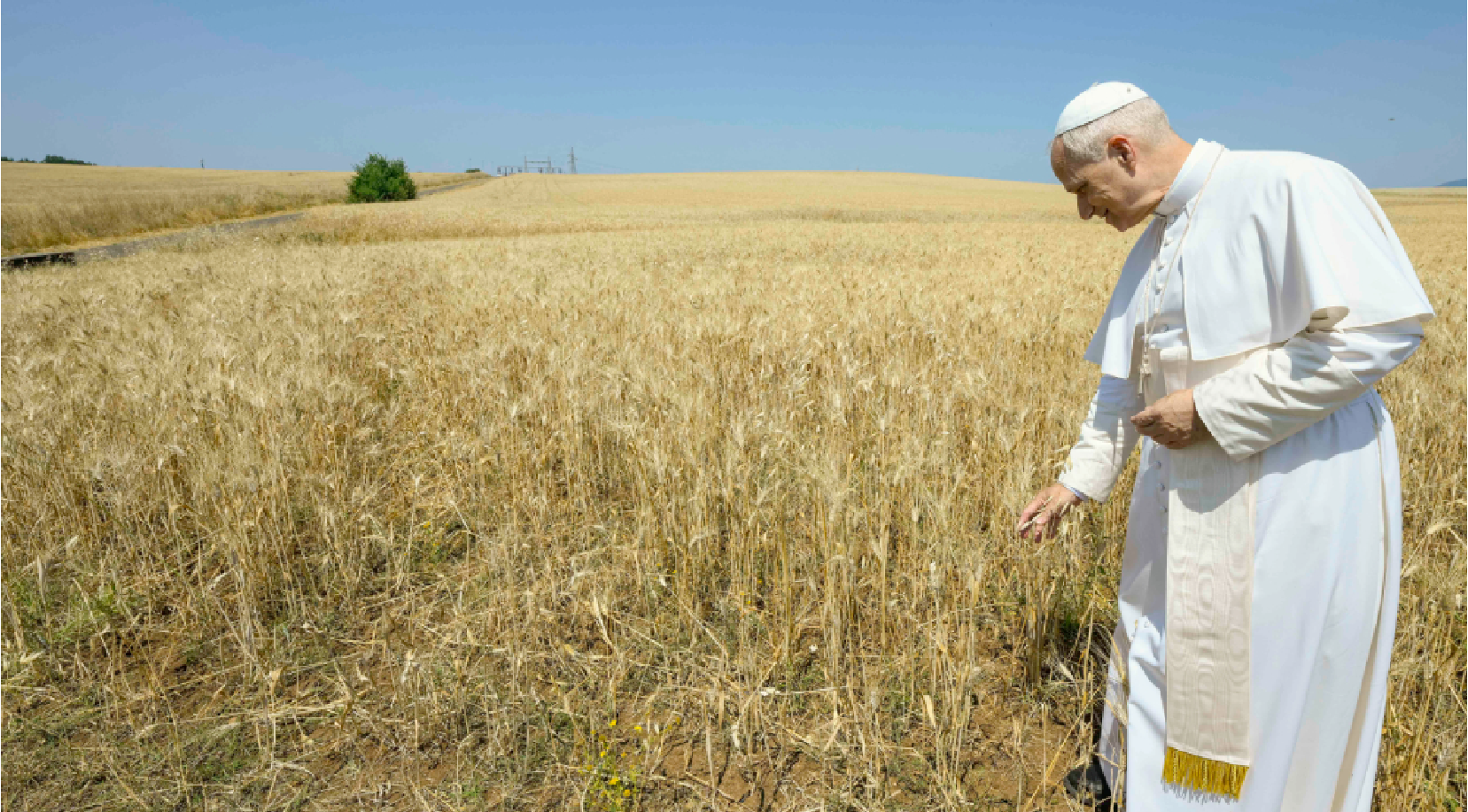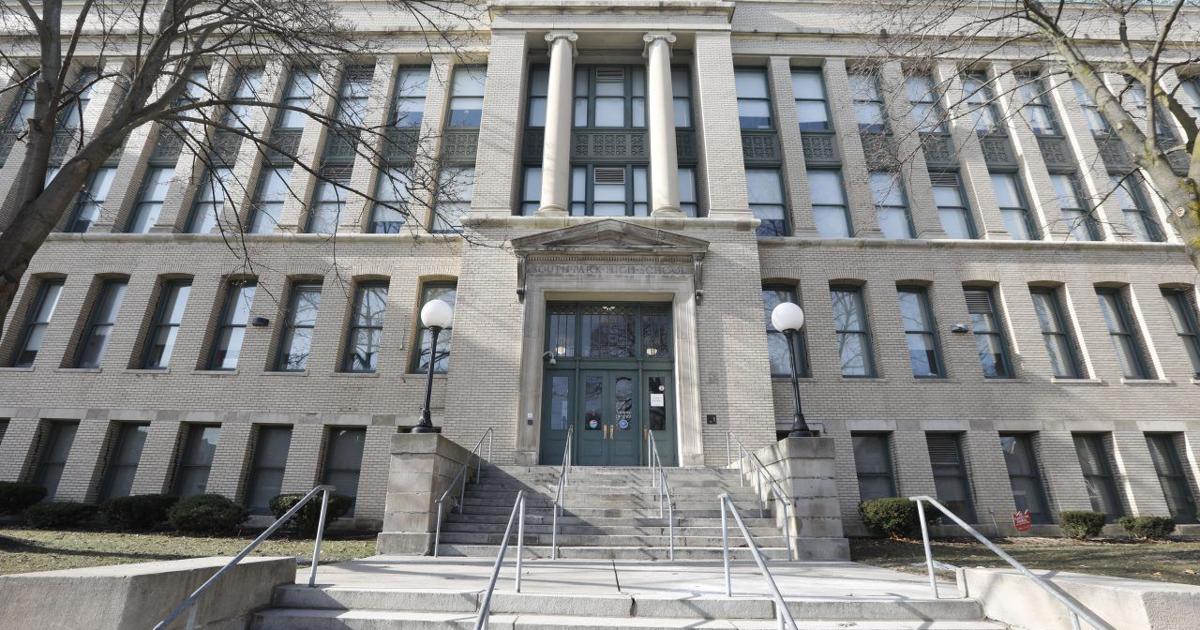Copyright zenit

(ZENIT News / Rome, 10.21.2025).- In a world often divided between economic interest and ecological urgency, the Vatican is attempting to reconcile both in the language it knows best: moral conviction. The tiny sovereign city-state—barely 43 hectares nestled in the heart of Rome—has presented an ambitious new climate plan to the United Nations, pledging to cut its greenhouse gas emissions by at least 28 percent by 2035 and to become the first carbon-neutral nation on Earth. The commitment, formally submitted in September 2025 under the Paris Climate Agreement, underscores the Holy See’s determination to translate its moral teaching on environmental care into tangible policy. At the center of this plan lies a project both symbolic and practical: a vast 400-hectare solar park to be built north of Rome, designed to meet all of the Vatican’s electricity needs. The initiative would effectively end the Vatican’s dependence on imported energy and mark a global first for carbon neutrality among states. While the Vatican’s emissions are statistically negligible—far below one hundredth of one percent of global totals—the move carries outsized moral and diplomatic weight. For decades, the Holy See has used its soft power to shape international norms on climate and development, positioning ecological responsibility not merely as an environmental issue, but as a matter of faith, justice, and human dignity. “The Vatican’s contribution to global emissions may be insignificant,” reads its submission to the UN, “yet we consider it essential to invest in projects that reduce emissions and to promote education in integral ecology, generating not only environmental but also ethical and social benefits.” The plan, which updates its earlier 2023 commitment to a 20 percent cut by 2030, arrives ahead of COP30—the next major UN climate summit scheduled for November in Belém, Brazil. The choice of venue, near the gateway to the Amazon rainforest, adds resonance to the Vatican’s appeal. Pope Leo XIV, continuing the environmental emphasis initiated by Pope Francis, has repeatedly described the Amazon as a “mirror of our humanity’s wounded relationship with creation.” In his message for the World Day of Prayer for the Care of Creation this September, Leo warned that “the most vulnerable among our brothers and sisters are the first to suffer from the destructive effects of climate change, deforestation, and pollution. Caring for creation is not an option; it is an expression of faith and of our shared humanity.” Experts see the Vatican’s new targets as both pragmatic and prophetic. Musamba Mubanga, a policy adviser for Caritas Internationalis who has served on past Holy See delegations to UN climate conferences, said the move “demonstrates how moral leadership can be translated into concrete action.” Even the smallest states, he argued, can “model a sense of responsibility that transcends economics and inspires others to act.” Yet the Vatican’s ambitions go well beyond its own borders. The new plan outlines initiatives to improve energy efficiency in Vatican buildings, expand the use of electric vehicles, and strengthen waste management and reforestation programs. St. Peter’s Basilica, the Apostolic Palace, and the surrounding complexes are already undergoing energy retrofits, while the Vatican Museums have inaugurated a new solar-powered entrance and an educational “green zone” for children. Perhaps most significantly, the Vatican intends to leverage its vast global influence through education and pastoral outreach. The plan commits to advancing “integral ecological education,” an idea rooted in Francis’s encyclical Laudato Si’ and reaffirmed in Leo XIV’s exhortation Laudate Deum. This vision of “ecological conversion,” the Vatican argues, involves transforming not only technologies but also lifestyles, institutions, and consciences. David Knecht, director of the Climate Justice Program at Fastenaktion, a Swiss Catholic aid agency, called the new plan “a step in the right direction with potential for exponential impact.” The Vatican’s example, he said, could inspire dioceses, religious orders, and Catholic universities worldwide to shift from fossil fuels to renewable energy and to adopt more sustainable land-use practices. “The Holy See has a unique capacity to animate the global Catholic community as a moral and practical force for ecological transformation,” Knecht noted. Still, the challenge is immense. Scientists warn that, on the current trajectory, the combined pledges of all 197 signatories to the Paris Agreement would still result in a 2.6°C increase in global temperatures—far above the 1.5°C threshold scientists deem necessary to prevent catastrophic impacts. To stay on course, global emissions must be halved by 2030 and reduced by 60 percent by 2035 compared to 2019 levels. For the Vatican, the arithmetic of emissions may be less important than the symbolism of conversion. Its carbon footprint is small, but its moral reach is vast. By investing in solar energy and ecological education, the Holy See is, in effect, preaching through example—asserting that responsibility for creation cannot be outsourced to the powerful alone. As Pope Leo XIV wrote in his most recent address, “Faith must shine where politics hesitates. The measure of our stewardship is not our size, but our sincerity.” If the Vatican succeeds in achieving carbon neutrality, it will do more than power its lights with the sun. It will have illuminated a path for others—a reminder that in the global struggle against climate change, conviction may yet prove stronger than capacity. Thank you for reading our content. If you would like to receive ZENIT’s daily e-mail news, you can subscribe for free through this link.



